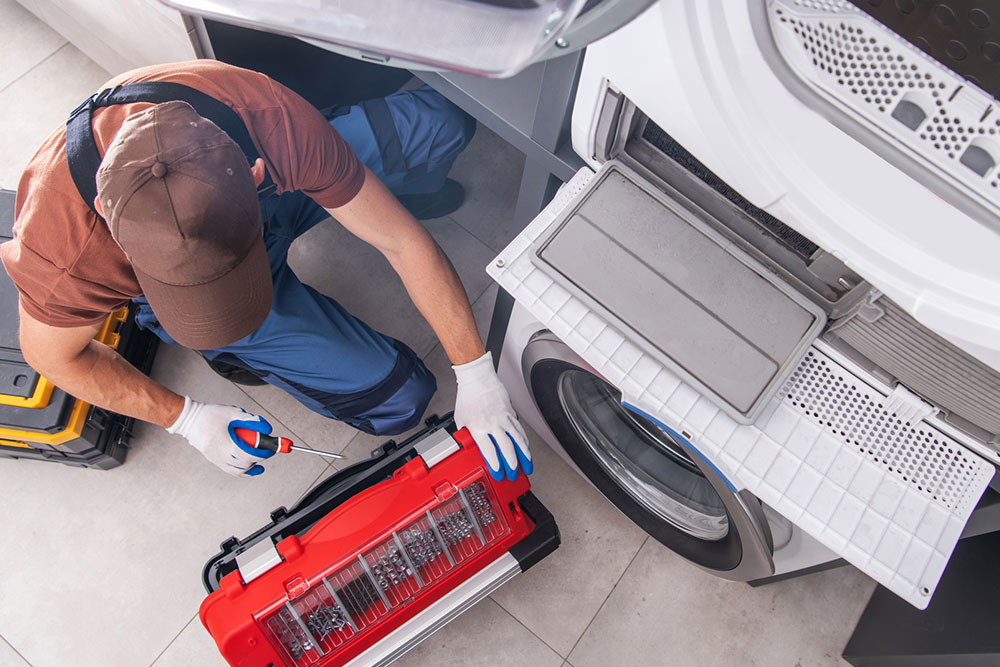6 advantages of home appliance warranty plans
Home appliance warranty plans are typically annual plans that offer coverage for replacing and repairing some of the major appliances and systems in the house. For this, a homeowner has to pay an annual fee that usually starts from a few hundred dollars and may go to over $1000, depending on the plan. The cost also includes the service charge of the professional technician visiting the house to evaluate the appliance’s repair and maintenance. Benefits of home appliance warranty plans Get financial protection The cost of repairing or replacing home appliances can turn out to be quite high. Besides, an unexpected breakdown of a system of appliances at home can disrupt one’s budget. A home appliance warranty plan works well in such situations. It offers the necessary financial protection by covering most of the cost of repairs and replacements for covered systems and appliances. So, instead of paying hefty replacement or repair bills or needing to purchase a new appliance, a homeowner can be assured that the warranty plan will cover all the expenses. Save more money with flat-rate fixes New homeowners usually depend on a home inspection team to determine the condition of kitchen appliances, water heaters, washers and dryers, and so on.
Read More 





